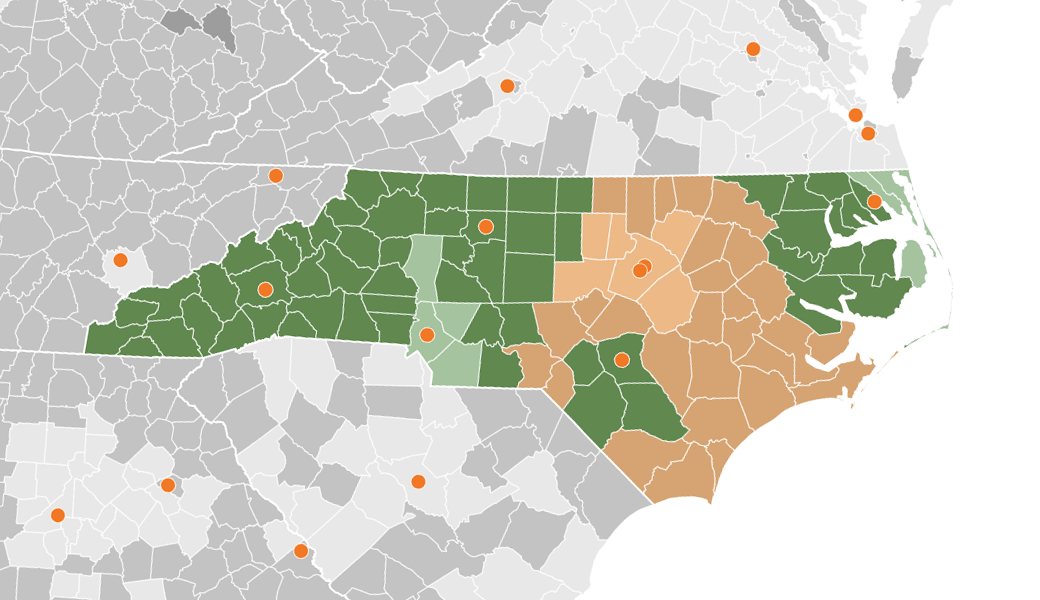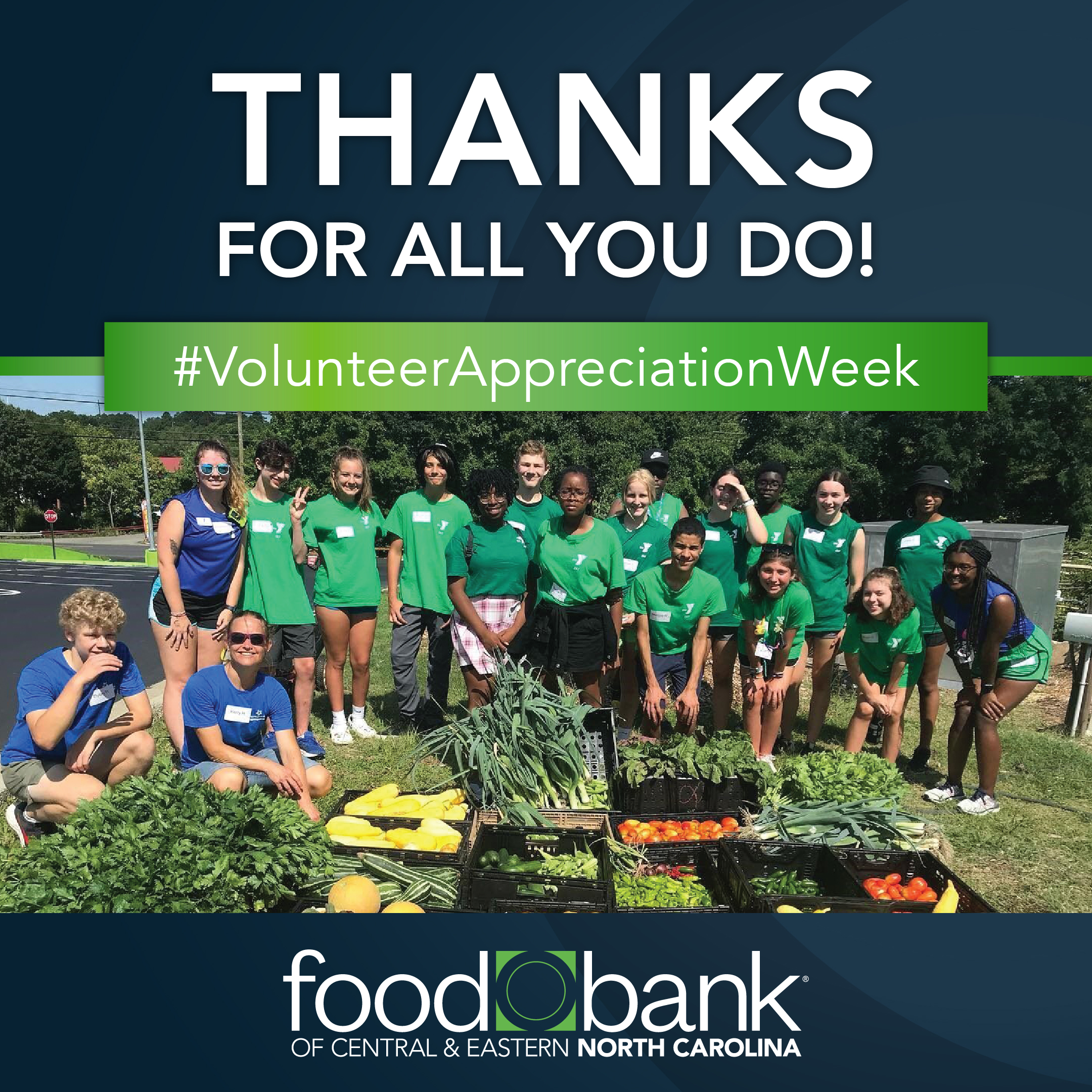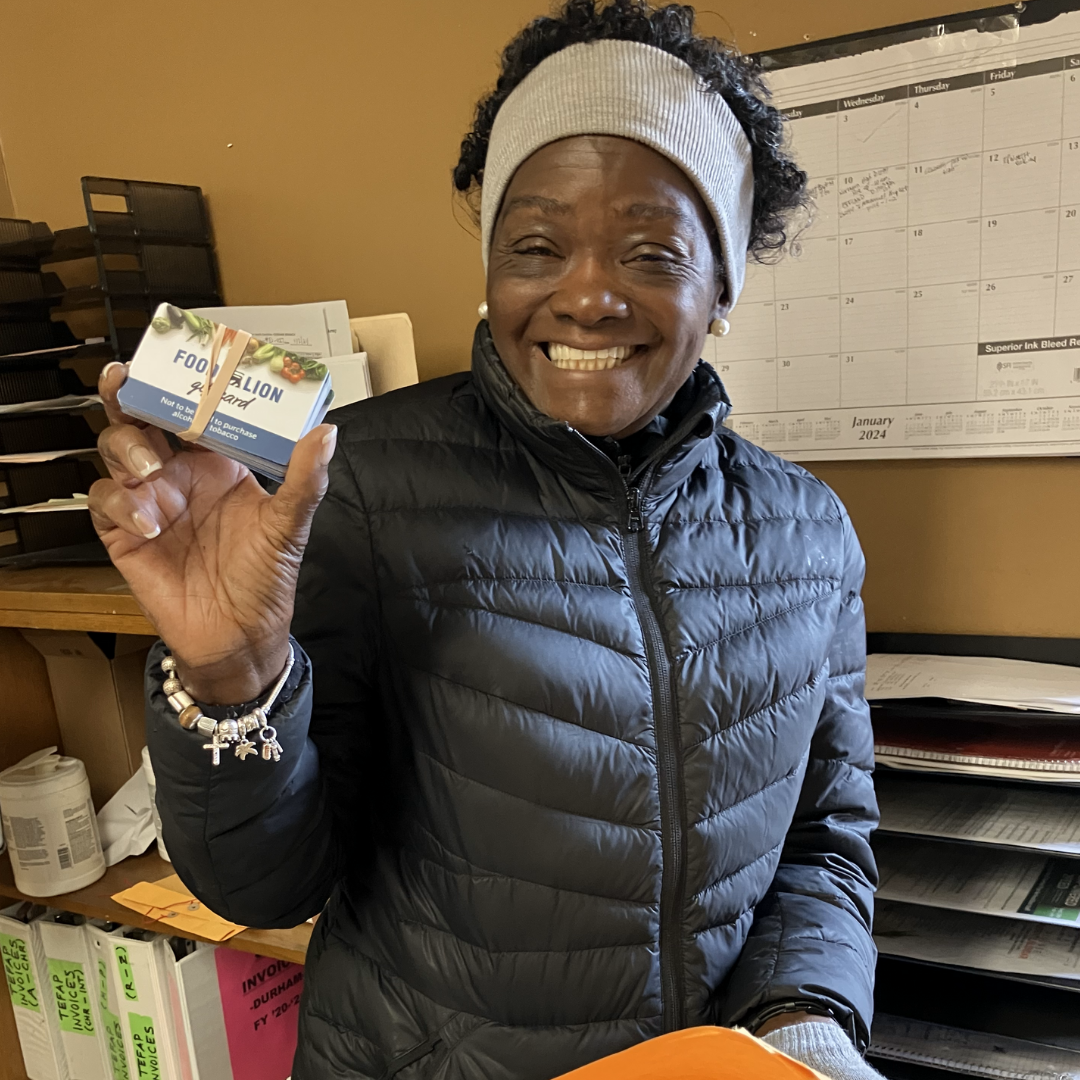After a lifetime of contributing to society, over 43,000 seniors in our 34 county service area are living on fixed incomes that often force them to choose between paying for healthcare and buying groceries.
We meet many clients at the soup kitchens, food pantries and shelters we serve who are attempting to live—during what should be their golden years—on social security checks of $700 a month or less. Due to the tough economic climate, this is now a reality for even more working seniors as they find themselves unemployed or underemployed.
Although food insecurity—not having access to enough food for an active, healthy life—affects people of all ages, seniors are particularly vulnerable because they have unique nutritional needs related to aging and/or medical conditions, and often have limited income and out-of-pocket medical expenses.
According to the Hunger in America 2010 study, 30 percent of seniors who rely on food pantries for help report that they have had to choose between paying for food and paying for medical care. Among food pantry clients 65 and older across the country, more than half reported visiting a pantry on a monthly basis, the highest of any age group.
These findings when paired with results from a recent report Spotlight on Senior Health: Adverse Health Outcomes of Food Insecure Older Americans are especially troublesome. Compared to food-secure seniors, food-insecure seniors were found to be 60 percent more likely to experience depression, 53 percent more likely to report a heart attack, 52 percent more likely to develop asthma, and 40 percent more likely to report an experience of congestive heart failure.
To combat these issues we rely on generous private donations and federal programs, like The Emergency Food Assistance Program (TEFAP), to ensure that vulnerable seniors are provided with much-needed nutritious food. We also help connect seniors to other programs like the Supplemental Nutrition Assistance Program (SNAP) to ensure they can purchase enough groceries to last them through the month, preventing them from having to choose between filling prescriptions or filling their pantries.
But we can’t do it alone.
May is Older Americans Month. We encourage you to raise awareness and join the conversation by sharing this post with your friends and family to help the more than 43,000 seniors who struggle with hunger in our region.
Together, we can provide hope to seniors and families in need. Here are some ways you can help:
Donate to National Association of Letter Carriers Stamp Out Hunger Food Drive, the largest one-day food drive in the nation. Simply place your non-perishable food items by your mailbox on Saturday, May 10th or deliver them to your local post office.
Help us raise awareness for Older Americans Month on Twitter and Facebook by sharing this post and using the hashtag #SolveSeniorHunger.






